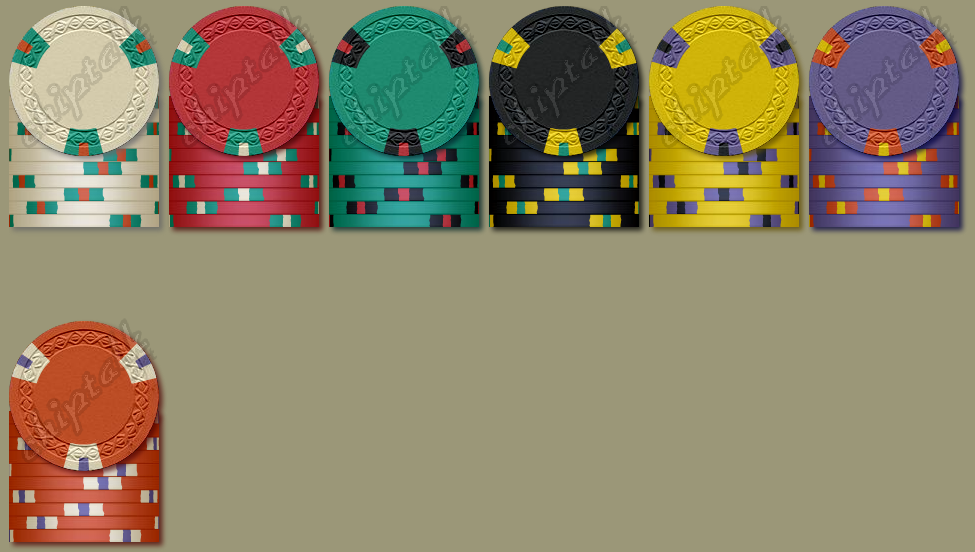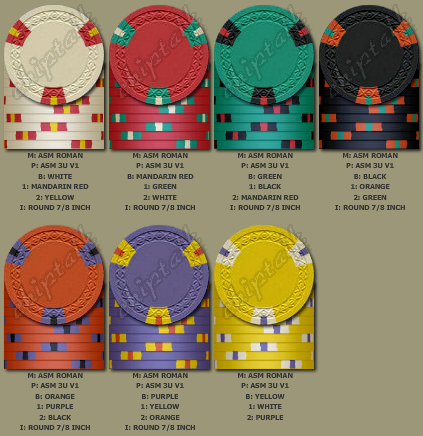1830 uses a remarkable auction format for distributing the private companies at the start of the game. In somewhat abstract terms:
- A number of properties are arranged in order of approximate ascending value
- On their turn a player may do one of the following:
- Bid on a properly for whichever is the larger of the face value of the property plus $5 or the largest bid on the property plus $5
- Buy the cheapest property for face value if it doesn’t have a bid on it
- Pass
- If all players pass the face value of the lowest property is reduced by $5
- If the cheapest available contains only a single bid, then the property is instantly awarded to that bidder for that price
- If the cheapest available property contains multiple bids there is an auction among those players to resolve who gets the property
- The player who has already placed the largest bid is considered to be winning the property for that price
- Players in rotation may either raise their bid to more than the current highest bid or drop out of the auction
- When only one bidder is left they win the property for their bid price
- Losing bidders retain their losing bids
- The process of resolving the cheapest value property continues until either the cheapest available property hasn’t been bid on, or there are no more available properties.
- The turn then passes to the next player to the left who proceeds by bidding, buying or passing.
- This continues until all properties have been acquired
In essence bids on properties reserve the ability for that player to compete for the property later. They pay a premium for that privilege. As several properties are worth considerably more than their face values, there is competition both to acquire those properties and to force the eventual purchaser to pay reasonably for it.
1830’s private auction is often cited for being excessively complex and opaque. It is the primary point of differentiation in the early game and new players have a very hard time with it as each of the private companies has special powers, but also various pairs of private companies can synergistically work together. It should be no surprise that I’ve long admired the private auction and wanted to base a game around it just that portion of the game, much like Günter Cornett and Michael Uhlemann’s Greentown is a rendition of the 18xx route-tracing game, and Wolfgang Kramer and Michael Kiesling’s Cavum is a rendition of the 18xx track building game.
Materials:
- 55 cards, 5 each with values of 5/$3, 10/$4, 15/$5, 20/$6, 25/$7, 30/$8, 35/$9, 40/$10 and 50/$15.
- The first value is the default cost of the card. The second value is the revenue of the card.
- 55 chips, 11 in each of 5 colours
- Poker chips
- A bag
Setup
- Give each player money(a function of player count).
- Randomly select a dealer for the first round
Pattern of play
- Shuffle the card deck
- Deal out 7 cards
- Arrange the cards in order by increasing value (the value before the slash)
- Put 2 chips of each colour into the bag
- Randomly draw 7 chips and randomly put one on each card
- Stating with the dealer the players conduct an 1830-type auction for the cards
- If there are multiple cards of the same value:
- the base cost of each card of the same value is $2 more than the card below it in order of the same value
- Bids must be which ever is the larger of $2 higher than the cost of the card or $1 higher than the largest bid on the card
- Keep the chips on the cards as they are taken, that indicates the suit of the card (cards are unsuited)
- The round ends when all cards have been purchased
- At the end of the round each player receives money equal to the dollar values on each of the cards they own.
- Repeat from dealing out 7 cards, adding chips to those left in the bag from the last round
- End after seven rounds (5 cards won’t be used)
- Pay the players double money at the end of the last round
Scoring
- Cash is points
- Cash in each set of three or more cards of the same value held by a player for the number of cards held of that value multiplied by the revenue of the card
- Cash in each sequence of three or more cards of the same suit (same colour chip) with sequential revenue values for the number of cards cards in the sequence multiplied by the revenue of the largest card in the sequence (50/$15 cards can’t be scored in this way)
- A card may participate in scoring sets in both directions
- Player with the most money win.
- Three is no tie-breaker (of course)
Option: Lose the chips and suit the cards with 5 suits.
My sense is that the game is too long, the deck needs to be smaller, there need to be fewer rounds etc. It needs a diet. I haven’t investigated that yet.

